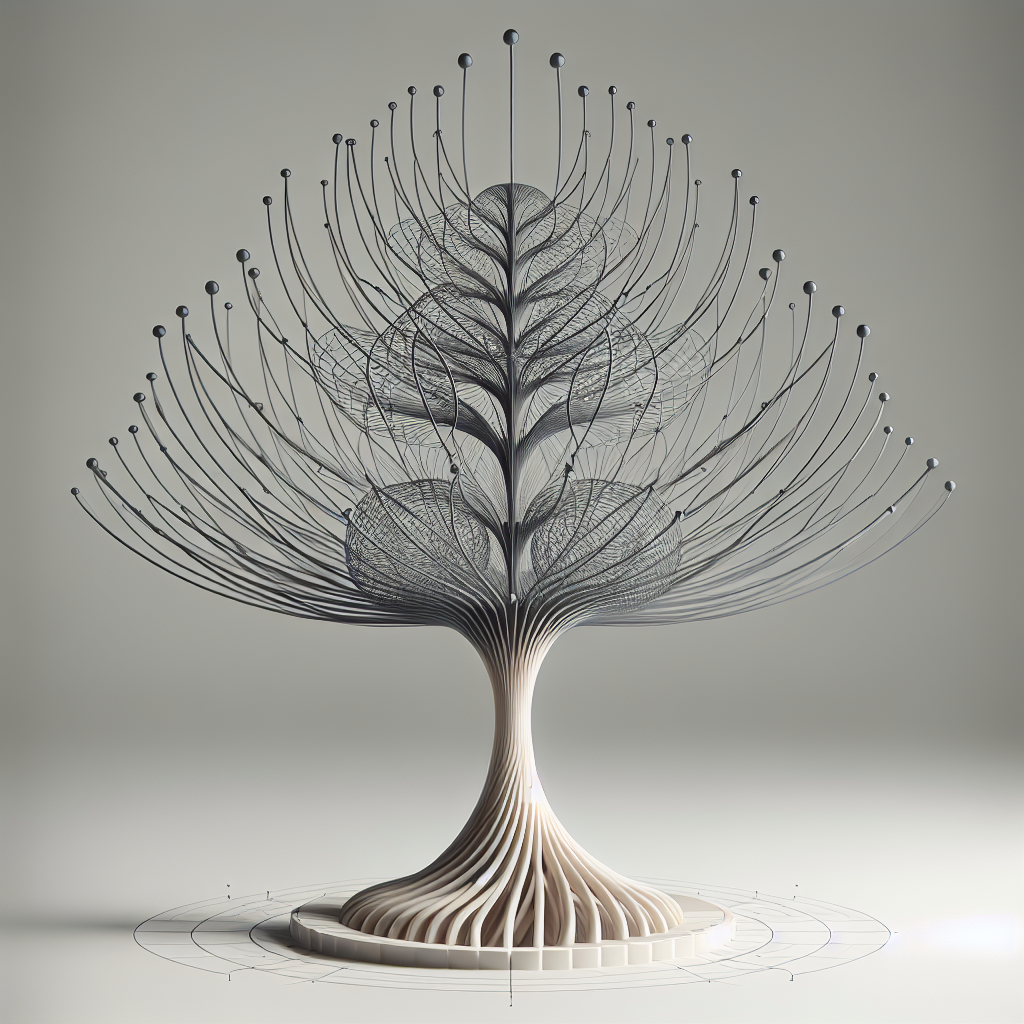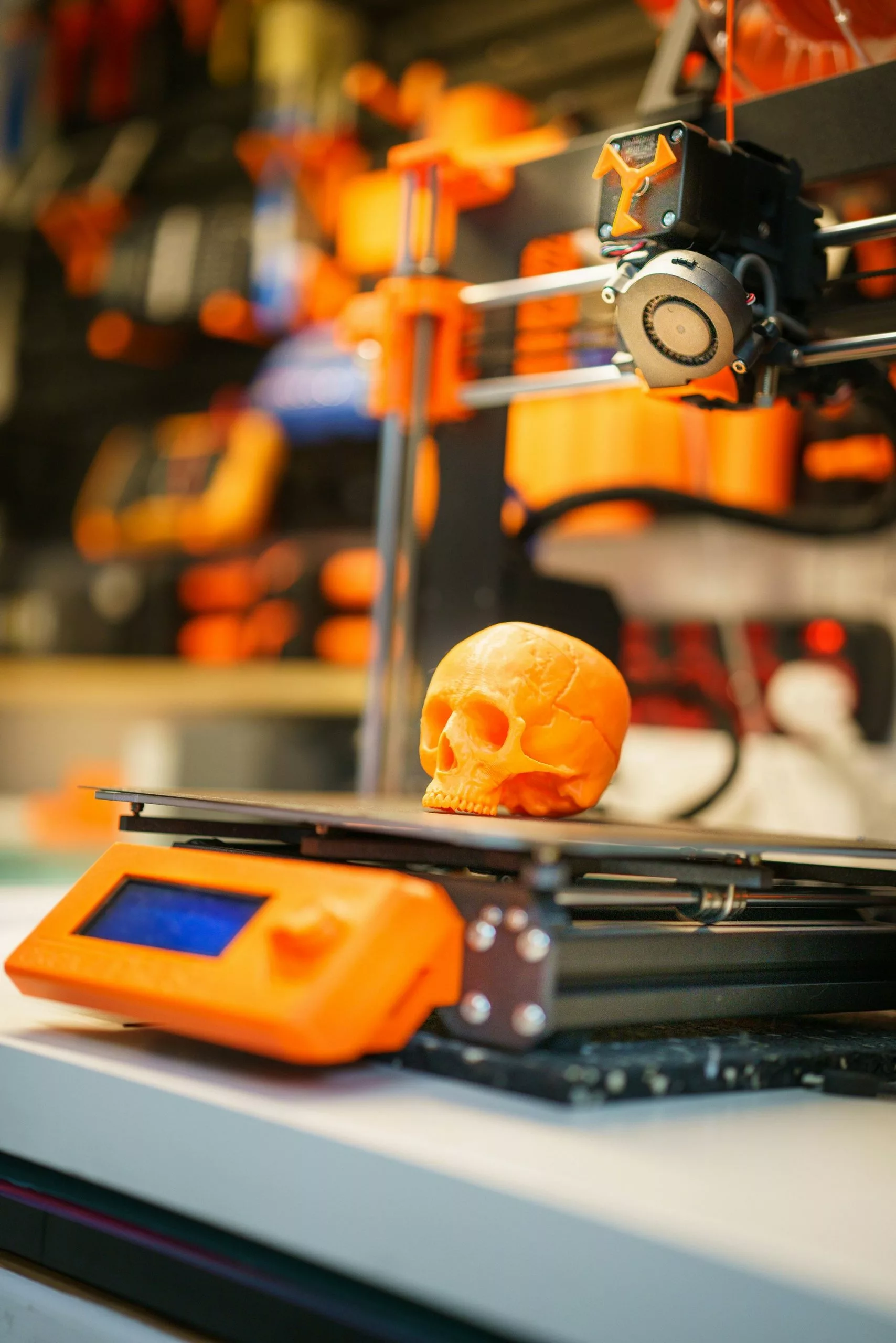Understanding Tree Supports in 3D Printing
When striving for clean, professional-looking 3D prints, effective support structures are essential—especially for complex models with overhangs or intricate geometry. Traditional linear supports can sometimes be difficult to remove, leave unsightly marks, or even damage the print. Enter tree supports: a smarter, more organic approach to supporting prints. Drawing from years of hands-on 3D printing experience, here’s how to harness tree supports for cleaner, smoother results.
What Are Tree Supports?
Tree supports are a type of support structure introduced in slicing software like Ultimaker Cura. Unlike standard supports, which form a straight lattice under overhangs, tree supports grow upward and outward in a branching, tree-like fashion. Their “trunk” forms a narrow base, branching out only where needed to support the print. This targeted, organic approach minimizes material usage and simplifies removal.
Advantages of Tree Supports
- Less Contact Area: The branches touch the model at specific points, reducing scarring and post-processing work.
- Material Efficiency: Tree supports use less filament compared to conventional supports, which means faster printing and less waste.
- Easy Removal: Due to fewer, thinner touchpoints, tree supports usually peel away cleanly without damaging the surface.
- Better for Complex Shapes: Their organic growth pattern navigates around intricate features more effectively than linear supports.
When to Use Tree Supports
Tree supports excel with models that have extensive overhangs, delicate features, or require minimal scarring. They’re ideal for printing miniatures, figurines, sculptures, and models with internal cavities or undercuts. However, for very flat, broad overhangs (like the underside of a square block), traditional supports may still be the better choice.
How to Enable Tree Supports in Your Slicer
Most commonly, you’ll encounter tree supports in Ultimaker Cura:
- Open your model in Cura.
- In the print settings panel, navigate to the ‘Support’ section.
- Change ‘Support Structure’ from ‘Normal’ to ‘Tree’.
- Adjust tree-specific settings as needed (more on this below).
- Preview the support structure to ensure it touches all necessary overhangs.
Other slicers may offer similar features under different names, or via plugins.
Key Tree Support Settings to Optimize
Tree supports offer several unique settings. Here’s how to tune them for best results:
- Branch Angle: Controls how steeply branches grow away from the trunk. A larger angle can help reach distant overhangs, but may make supports less stable.
- Branch Distance: Sets how far apart branches start. Smaller distances mean more branches, providing better support for complex models.
- Collision Resolution: Higher values create thicker branches, improving stability but consuming more filament.
- Support Placement: ‘Touching Buildplate’ keeps supports off the model’s surface, while ‘Everywhere’ allows supports on previously printed layers—useful for intricate geometry.
- Support Density: Lower densities generally suffice for tree supports; too high and they lose their removal advantage.
Tips for Cleaner Prints with Tree Supports
- Orient the Model Wisely: Sometimes, simply rotating your model minimizes required supports. Make overhangs as shallow as possible.
- Preview Before Printing: Always use the slicer’s layer preview to check exactly where supports will touch the model.
- Test and Iterate: For critical prints, run a small test section first to fine-tune support settings and removal techniques.
- Use the Right Tools: Remove tree supports gently with your hands, then use needle-nose pliers or flush cutters for stubborn areas. A hobby knife can help clean up any remaining artifacts.
- Post-Processing: Light sanding or scraping with a plastic tool often removes tiny nubs left by support contact points.
Common Challenges and Solutions
- Support Toppling: If tall supports collapse during printing, increase branch thickness or reduce print speed.
- Supports Fusing to the Print: Lower the Support Z Distance (interface gap), but don’t set it too low or supports will stick too well. Generally, 0.2mm–0.3mm works for PLA.
- Print Quality at Contact Points: Consider adding support interface layers for an even cleaner separation.
Final Thoughts
Tree supports can dramatically improve your 3D printing workflow, offering cleaner surfaces and easier post-processing—especially for complex, detailed models. Mastering tree support settings, careful orientation, and post-print cleanup will take your prints to the next level. With a bit of practice, you’ll tackle challenging overhangs with ease and enjoy the satisfaction of cleaner, more professional results. Happy printing!


Leave a Reply